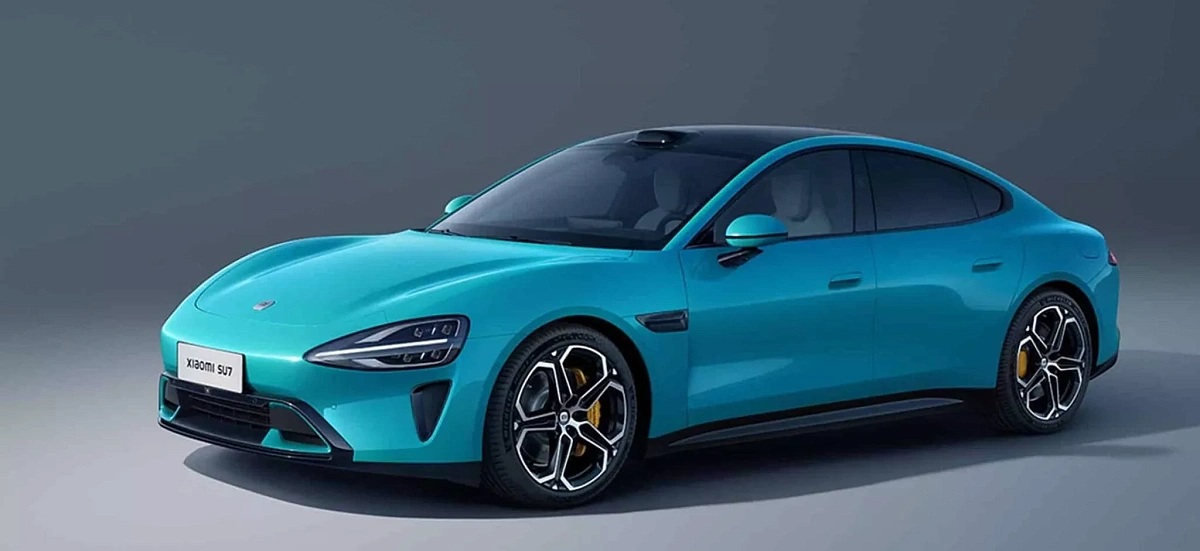
The network showed how a Xiaomi electric car without a driver in the cabin was parked in a multi-level garage
Xiaomi SU7 is equipped with an advanced lidar, radar and self-parking cameras. The network showed the impressive capabilities of the electric car on full autopilot.
New electric cars are appearing in China almost every week, but of those that debuted in the second half of this year, only a few have caused such a stir. One of them is the new Xiaomi SU7.
Unlike most new electric cars from China, the SU7 is not produced by an automotive conglomerate such as Geely, GAC or Great Wall, but rather by Xiaomi, the world’s third largest smartphone maker and a company specializing in home electronics. It’s been about three years since Xiaomi first announced its plans to enter the electric car market, and the company believes that it will be able to become one of the five largest automakers in the world in the next 15-20 years.
Xiaomi has equipped the SU7 with a host of advanced electronics and, as part of the car’s promotion, released a particularly intriguing video showing it parking itself in a multi-level garage in China.
In the video, the SU7 driver drives up to the entrance to the garage, then presses a button on the infotainment system screen and gets out of the car.
Then the car drives into the garage and drives on its own through different levels. At one point, it comes face-to-face with an Audi A7, but turns around, giving way to the Audi, and continues on its way to the upper level of the parking lot. Then he finds a suitable parking space and drives into it in reverse.
It is unclear whether the garage used in the demonstration was specially equipped to allow cars to park in this way or whether the SU7 software was pre-configured before the test. If the SU7 could navigate the parking complex without preliminary mapping and relying solely on its sensors, it would be very impressive.
Xiaomi has equipped the SU7 with lidar, cameras and radar and confirmed that it will be launched with automatic highway driving and automatic parking functions. The software stack will then be updated to enable self-driving on city streets.

